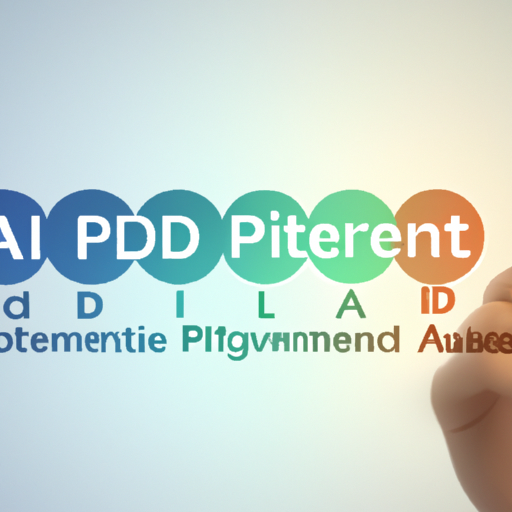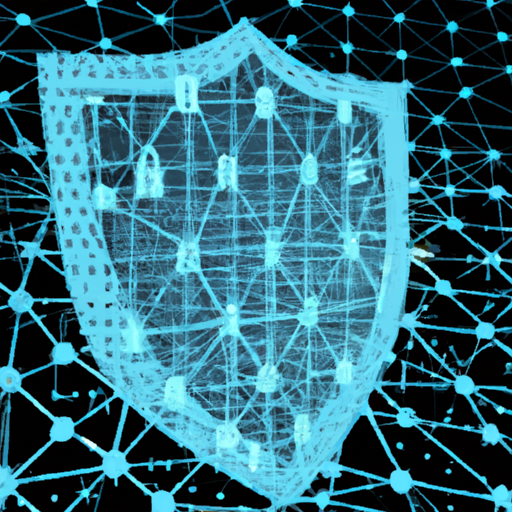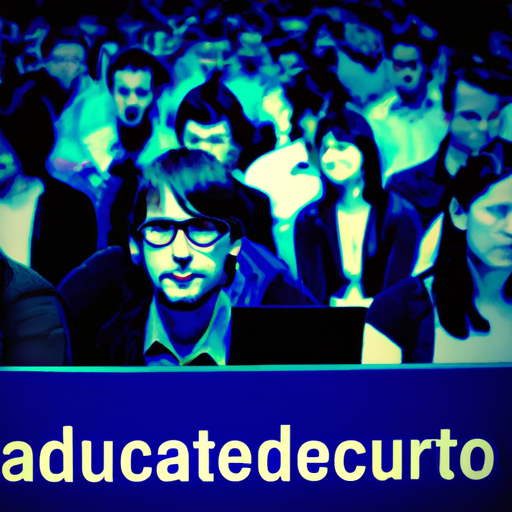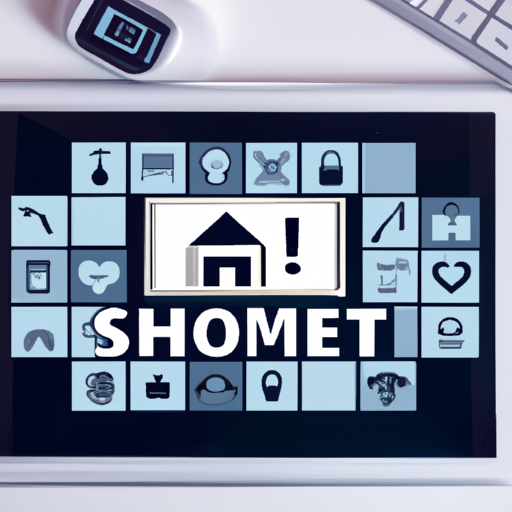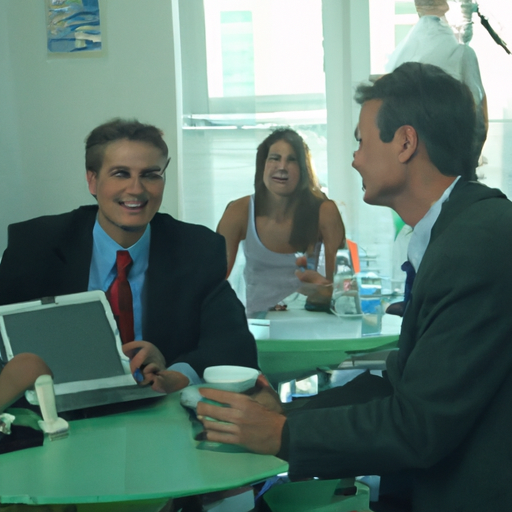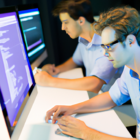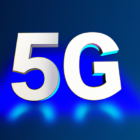The culinary world is undergoing a dramatic transformation thanks to the rise of food tech innovations. As technology advances, chefs and home cooks alike are embracing new gadgets and solutions that make cooking more efficient, enjoyable, and creative. In this article, we explore the cutting-edge advancements in kitchen technology that are revolutionizing how we prepare and consume food.
1. Smart Kitchen Appliances
Smart kitchen appliances are at the forefront of food tech innovations. From refrigerators that can order groceries online to ovens that can be controlled via a smartphone app, these devices are making cooking a breeze. Brands like Samsung and LG are leading the charge with appliances that not only improve efficiency but also bring a level of convenience that enhances the cooking experience.
2. AI-Powered Cooking Assistants
Artificial Intelligence (AI) is making its way into the kitchen with cooking assistants that can help you with meal planning, recipe suggestions, and instructional guidance. Tools like ChefSteps and Drop are utilizing AI to tailor recipes to your preferences and dietary restrictions, making it easier than ever to prepare delicious meals.
3. Food Delivery Apps with a Twist
Food delivery services are evolving beyond traditional takeout. Companies like Blue Apron and HelloFresh are integrating technology to provide users with fresh, pre-portioned ingredients and detailed recipe cards. This innovative approach not only cuts down on food waste but also empowers consumers with the skills to cook at home.
4. Sustainability in Food Tech
Another exciting trend in food tech innovations is the focus on sustainability. Startups like Impossible Foods and Beyond Meat are creating plant-based meat alternatives that aim to reduce the environmental impact of traditional meat production. These innovations are not only catering to the growing vegetarian and vegan markets but also appealing to meat-lovers looking for healthier options.
5. The Rise of 3D Food Printing
3D food printing is an exciting emerging technology that allows chefs to create intricate designs with food. Using precise layering techniques, companies are working on 3D printers that can create tasty meals from various pureed ingredients. This innovation opens up endless possibilities for presentation and customization in the culinary arts.
Conclusion
The world of food tech is expanding rapidly, with innovations that enhance convenience, sustainability, and creativity in cooking. As technology continues to advance, we can expect even more remarkable advancements that will fundamentally change how we interact with food in our kitchens. Embrace these innovations and take your culinary skills to the next level!
For more updates on food tech and culinary innovations, stay tuned to our blog!


